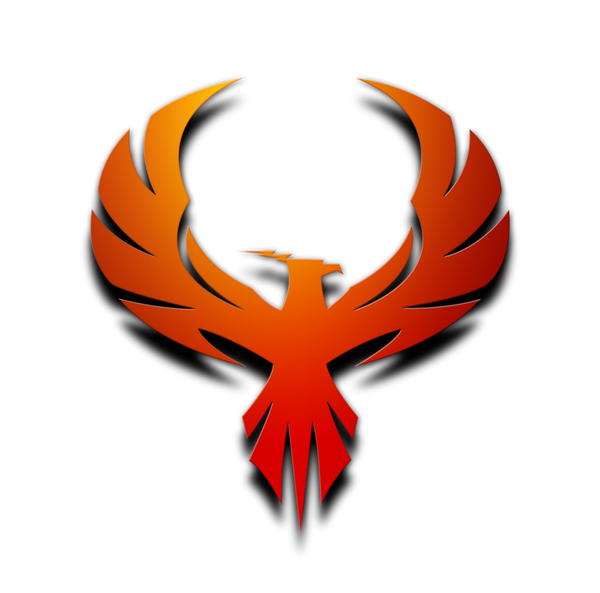Chojun Miyagi Goju Ryu Karate Founder
Early Life and Training
Miyagi, Born as Miyagusuku, which later changed to Miyagi Chojun by the Japanese, was born in Higashimachi, Naha, Okinawa on April 25, 1888. He was the adopted son of a wealthy businessman.
Chojun Miyagi was introduced to martial arts by Ryuko Aragaki at the age of 11.
Aragaki then introduced him to his friend, the foremost Naha-Te master, Kanryo Higashionna, also known as Higaonna Knryo, when Miyagi was 14. By the time he was 20 years old he was his Sensei's disciple.
Under his tutelage, Miyagi underwent a very long and arduous period of training. His training with Higaonna was interrupted for a two-year period while Miyagi completed his military service from 1910 to 1912 in Miyakonojo, Miyazaki Prefecture. Miyagi trained under Higaonna until Higaonna's death in 1915.
Training in China
In May 1915, before the death of Higaonna, Miyagi travelled to Fujian Province. In China he visited the grave of Higaonna's teacher, Ryu Ko. In this first trip he travelled with Eisho Nakamoto. After Kanryo Higaonna's death in October of 1915, he made a second trip to Foochow with Gokenki. In this second trip he studied some local Chinese martial arts. He observed the Rokkishu which was a set of hand exercises rather than a formal kata, which emphasizes the rotation of the forearms and wrists to execute offensive and defensive techniques. These he then adapted into the Tensho Karate. From the blending of these systems and his native Naha-Te a new system had emerged. However, it was not until 1929 that Chojun Miyagi named the system Gojo Ryu which means hard soft style.
Return to Japan
After several months in China, Chojun Miyagi returned to Naha where he opened a dojo. He taught for many years, gaining enormous reputation as a Karate Ka. Despite his reputation, his greatest achievements lie in popularizing and the organization of Karate teaching methionds. In recognition of his leadership in spreading Karate in Japan, his style, Goju Ryu, became the first style to be officially recognized by the Dai Nippon Butokukai.
He introduced Karate into Okinawa police work, high schools and other fields of society. He revised and further developed the kata Sanchin, which is the hard aspect of Goju and he created the Tensho Kata which is the soft aspect. These two kata are considered to contain the essence of the Goju Ryu. The highest kata, Suparumpei, is said to contain the full syllabus of Goju Ryu.
The kata Shi Sho Chin was Miyagi's favorite kata at the end of his years. Tensho was influenced by the Whie Crane kata Ryokushu, which he learned form his longtime friend Gokenski.
With the goal of unification of various Karate styles, which was in fashion at the time, he also created more Shurite-like katas like Gekisai Dai Ichi and Gekisai Dai Ni in the year 1940. He took techniques from higher forms like Suparumpei and upper blocks uncommon for Goju Ryu at the time and he incorporated them into shorter forms. It is said that he created these katas to bridge the gap between the Sanchin and Saifa katas, which contain much more complex moves when compared to Sanchin.
Death and legacy
Miyagi had his first heart attack in 1951 and then died from a second hearth attack in Okinawa on October 8, 1953. Some of Miyagi's more notable students were, Seko Higa (his oldest student and also a student of Kanryo Higaonna), Miyazato Ei Ichi (founder of the Jundokan dojo), Meitoku Yagi (founder of the Meibukan dojo (who eventually accepted Miyagi's gi and obi from Miyagi's family), Seikichi Toguchi (founder of Shorei-Kan Goju Ryu), and on the Japanese mainland Gogen Yamaguchi (founder of the International Karate Do Goju Kai Association and who after training with Miyagi, became the representative of Goju Ryu in Japan.
At a later date Gogen Yamaguchi invested much time studying Kata under Meitoku Yagi. He also trained other students who went on to create their own styles, such as Shimabuku Tatuso (Isshinryu).
